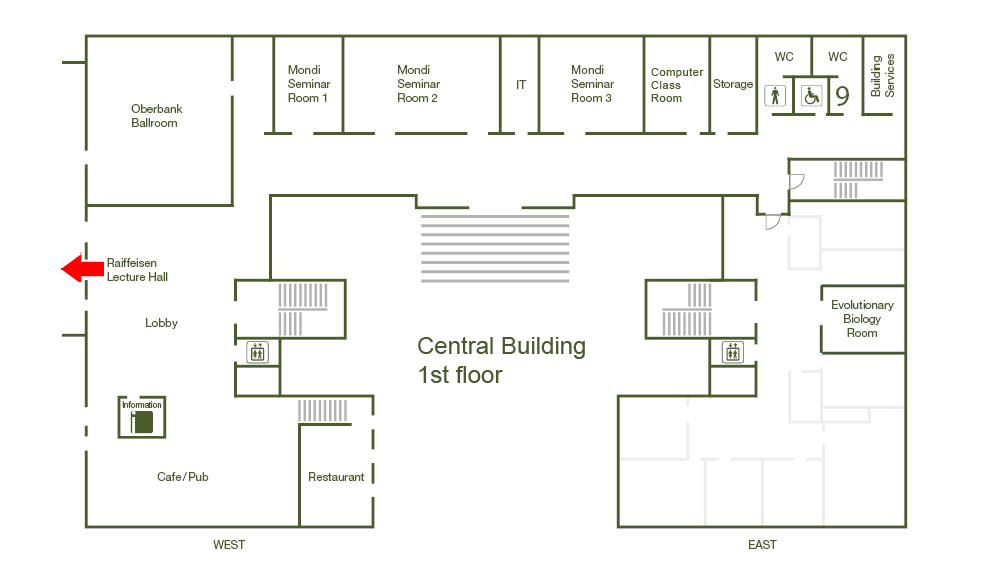The Institute Colloquium: Signaling from synapse to nucleus for synaptic and behavior
Date
Monday, April 11, 2016 12:45 - 13:45
Speaker
Richard Tsien (New York University)
Location
Raiffeisen Lecture Hall, Central Building
Series
Colloquium
Tags
Institute Colloquium
Contact
Url

The primary language of excitable cells (action potential firing) is converted into the primary language of intracellular activity (biochemical signaling) by voltage-gated Ca2+ channels (CaVs). Such signaling is exemplified by excitation-contraction (E-C) coupling and excitation-secretion (E-S) coupling. Excitation-transcription (E-T) coupling is a more general event in excitable cells yet is less understood. A subfamily of Ca2+ channels, CaV1 (L-type) channels, fulfills a privileged role in excitation-transcription coupling to nuclear CREB, a transcription factor critical in learning and memory. However, even the earliest step in this signaling pathway is not fully understood: local Ca2+ elevations near CaV1 channels are thought to be the main trigger in the signaling cascade, but CaV1 channels could also convey a voltage-dependent conformational signal (VCS) to nearby signaling intermediates, like the conformational signal in E-C coupling. We have devised an approach whereby conformational changes required to open the CaV pore are experimentally decoupled from Ca2+ influx into the channel nanodomain. This dissection uncovered a remarkable requirement for the CaV1 VCS in excitation-transcription coupling. CaV1 signaling to CREB behaves as an AND gate, whereby both Ca2+ and voltage-dependent movements are necessary. The key local signaling intermediates include a-and bCaMKII.